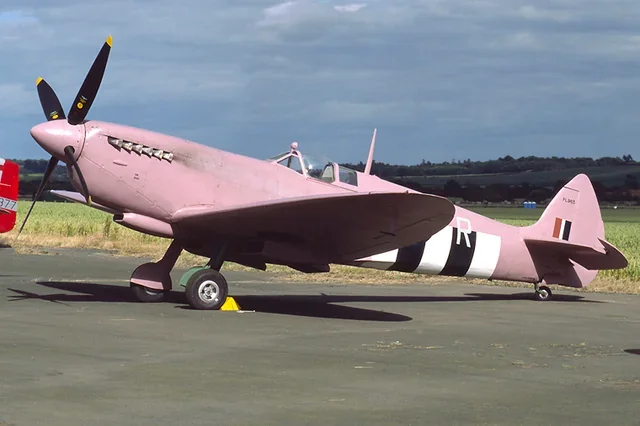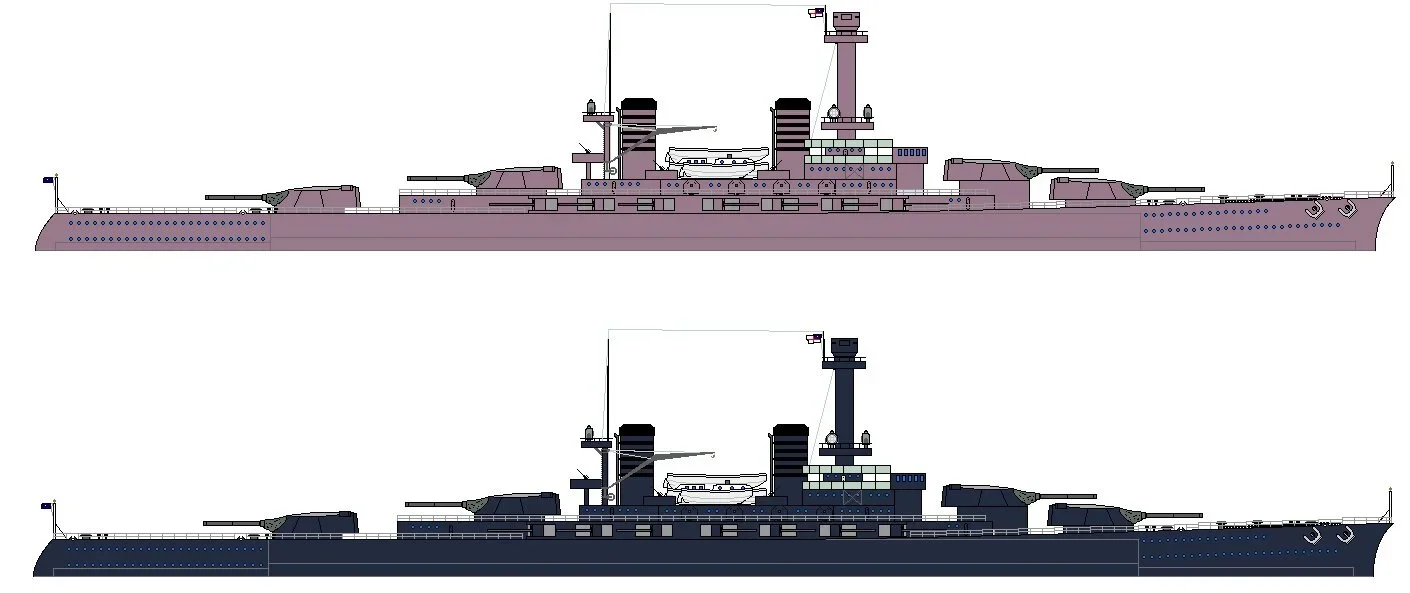Pink Camouflage? Was it really used? Did it work?
Photo reconnaissance was one of the most important and most dangerous missions in all of World War II.
Spitfires converted for the role were the best fighters for the job and were so good that even the United States used them for photo reconnaissance. Bomb damage assessments supermarine Spitfires were not only fast and maneuverable fighter aircraft when specially converted to remove its weapons and they were replaced with fuel tanks, it gave the plane exceptional range they were able to fly over occupied Europe to determine the status of the Raf in the US Air Force's bombing missions.
its range converted this way extended all the way to the far end of the Baltic Sea without weapons though Spitfires could be sitting ducks for Interceptor aircraft and for anti-aircraft Fire coming from the grand base guns, while moving and taking photos was simple enough being defenseless over enemy territory, meant Pilots needed every Advantage available to them to give them a leg up over anti-aircraft guns and the planes were designed to blend in with their surroundings while completing this mission this meant the aircraft was painted pink so it could blend in with the sky at specific times of day namely sunrise and sunset.
throughout the war the Spitfire has completed the its intense missions in a total of more than than a thousand spits fires were converted into a photo Recon planes painted pink and sent to determine which cities would need another bombing run based on target destruction.
pink spit fires lead that effort, blended in with the evening and morning Suns to determine the effectiveness of bombing missions making these Recon missions far less deadly than they could have been the same goes for some jeeps and other vehicles in the used in the desert, where most of their attacks would have been first thing in the morning and last thing at night when the temperatures were cooler, and it is still used today.
The idea that German tanks in World War II remained in their pink primer because Germany ran out of paint is a misconception. while the initial primer on the German tanks was often a reddish color they were always meant to be painted over with camouflage colors before being deployed and the pink primer look is typically only seen on newly manufactured tanks that haven't yet received their final pain job.
throughout the war German tanks utilize various camouflage patterns based on the environment they were operating in usually including shades of dark yellow green and brown while there may have been occasional shortages of specific paint colors during the war the idea that German tanks were left in their primer due to the complete lack of paint is not accurate



